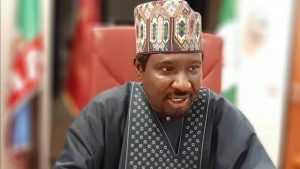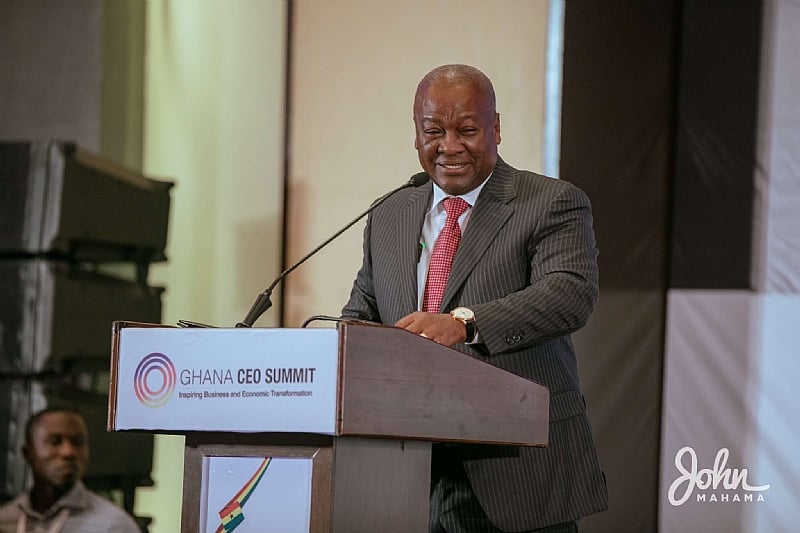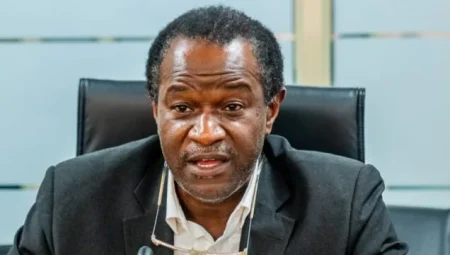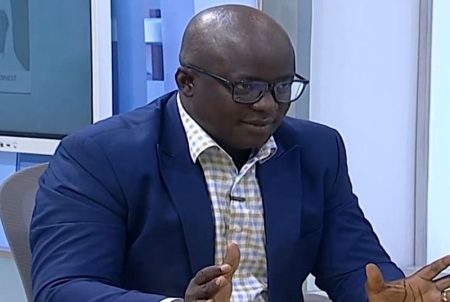John Dramani Mahama’s comprehensive economic recovery plan for Ghana rests on eight interconnected pillars designed to stabilize the nation’s finances, restore investor confidence, and pave the way for sustainable long-term growth. This multifaceted approach addresses key challenges facing the Ghanaian economy, including debt management, access to capital markets, and the need for structural reforms across various sectors. Mahama’s strategy emphasizes fiscal responsibility, smart investments targeted at national priorities, and the creation of a more competitive and resilient economic landscape.
The first pillar underscores the commitment to completing the IMF program with a disciplined approach to government spending and borrowing. This involves adhering to the program’s targets and ultimately transitioning to a non-borrowing relationship with the IMF, signifying Ghana’s return to responsible financial management. This commitment serves as a crucial foundation for restoring confidence in the Ghanaian economy and attracting future investments. By demonstrating fiscal discipline, Mahama aims to create a stable macroeconomic environment conducive to sustainable growth.
Re-engaging both domestic and international capital markets is the second crucial step in Mahama’s plan. This involves restoring investor confidence and attracting much-needed capital for development projects. Crucially, any new borrowing will be strategically linked to projects with demonstrable repayment capacity, preventing further accumulation of unsustainable debt. This cautious approach to borrowing ensures that future investments contribute to economic growth while maintaining fiscal stability.
The third and fourth pillars focus on reforming government financing and managing public investment. New regulations will mandate contributions to stabilization and sinking funds, ensuring financial stability for both sovereign and local governments. Furthermore, local governments will be empowered to raise capital for critical infrastructure projects through municipal bonds, fostering localized development. A comprehensive audit of outstanding arrears will verify and settle legitimate claims, ensuring transparency and accountability in public finances. Future public investments will be rigorously evaluated based on national priorities, financing options, and projected impact, maximizing the efficiency of public spending.
Strengthening public financial management is paramount to Mahama’s plan. This involves relaunching key reforms, including the Treasury Single Account, real-time budgeting systems, and integrated tax platforms. These measures aim to enhance transparency, curb wasteful spending, and improve overall efficiency in the management of public resources. By modernizing financial management systems, Mahama aims to create a more accountable and effective government.
Expanding export capacity through the Ghana Exim Bank is another key component of the recovery plan. The bank will be repositioned to support growth in non-traditional exports, agro-processing, and small-scale manufacturing. These initiatives aim to strengthen the Ghanaian cedi, create sustainable jobs, and diversify the economy. By focusing on value-added exports, Mahama seeks to boost export earnings and improve Ghana’s trade balance.
Positioning Ghana as a regional economic hub is a central ambition of Mahama’s vision. This involves developing strategic sectors such as ports, banking, education, healthcare, and industrial corridors to capitalize on the opportunities presented by the African Continental Free Trade Area. By fostering a conducive environment for trade, transport, and digital services, Ghana aims to attract investment and become a key player in the regional economy.
Finally, driving infrastructure growth through innovative financing is crucial for long-term development. Mahama’s plan emphasizes large-scale investments in energy, transport, housing, and water using creative financing models like Public-Private Partnerships (PPPs) and the Big Push initiative. These investments are critical for creating a solid foundation for economic growth, improving living standards, and enhancing Ghana’s competitiveness.
In essence, Mahama’s eight-pillar economic recovery plan represents a holistic approach to addressing Ghana’s economic challenges. It combines fiscal discipline, strategic investments, structural reforms, and a focus on long-term sustainable growth. By prioritizing responsible financial management, empowering local governments, promoting export diversification, and positioning Ghana as a regional hub, Mahama aims to create a more resilient, competitive, and prosperous economy for all Ghanaians. This plan is not merely a response to immediate challenges but a comprehensive framework for building a stronger and more inclusive economy in the long term. The interconnectedness of these pillars emphasizes the need for a coordinated and comprehensive approach to achieve lasting economic transformation.














